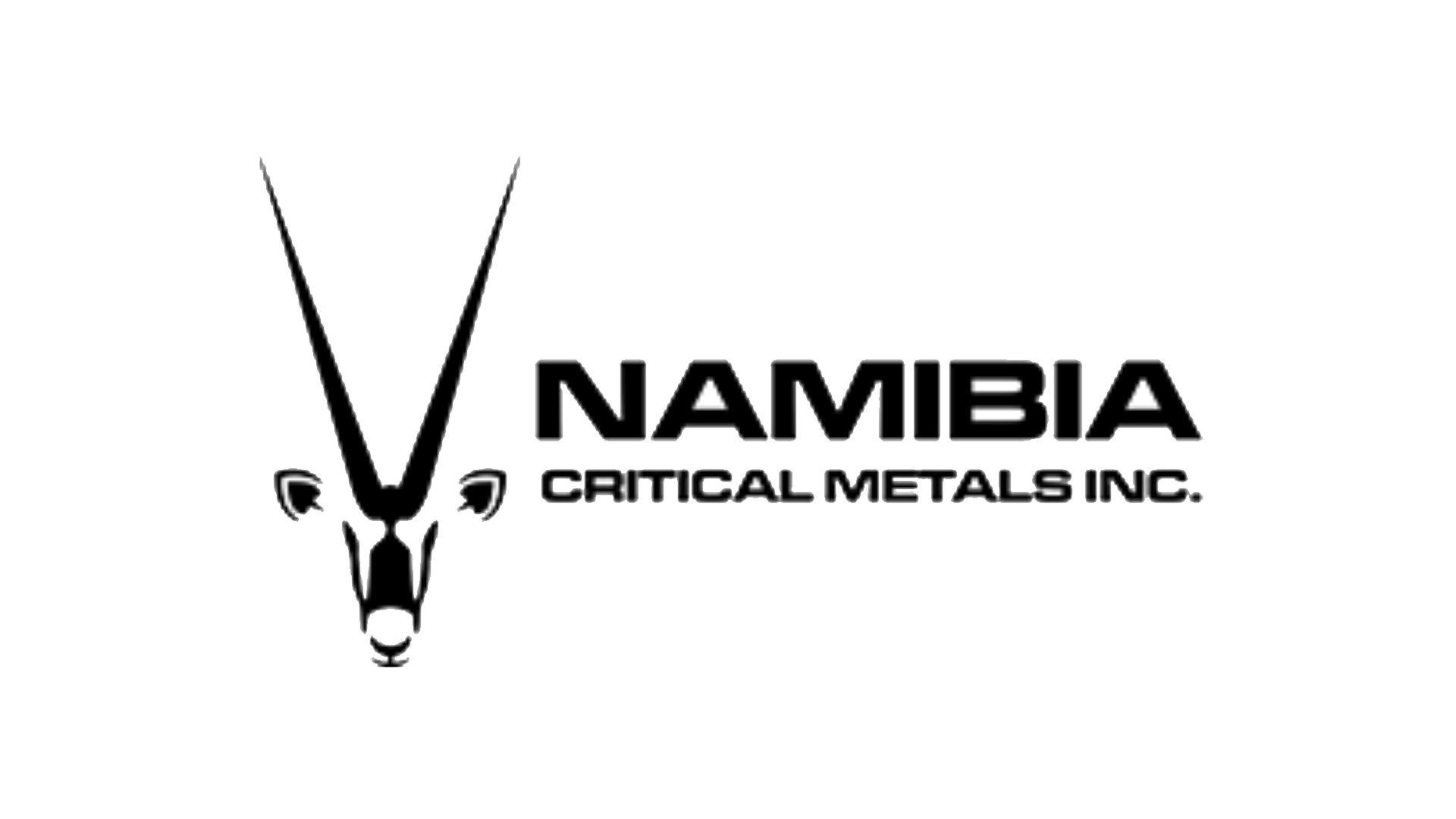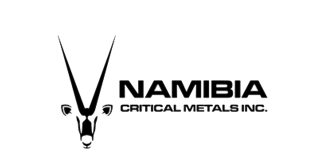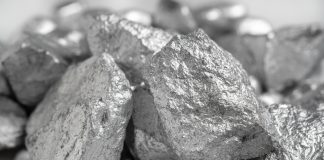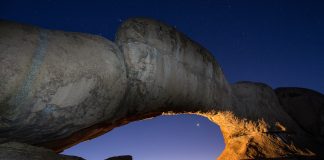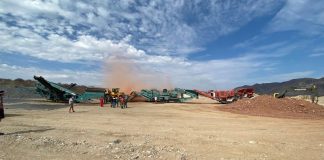Namibia Critical Metals, together with its strategic partner JOGMEC, is rapidly accelerating the development of its flagship Lofdal heavy rare earth deposit in Namibia.
Namibia Critical Metals Inc. is developing the Tier-1 Heavy Rare Earth Project, Lofdal, which is a major deposit of the heavy rare earth metals dysprosium and terbium.
Innovations linked to energy and technology transformations drive the demand for these critical metals, which are used in permanent magnets for electric vehicles, wind turbines, and other electronics.
Despite the increasing demand for these metals, the geopolitical risks associated with their sourcing have become a recurring concern for manufacturers and end users.
However, Namibia offers a stable and proven mining jurisdiction. Mining accounts for around 12.5% of GDP and provides over 50% of foreign exchange earnings.
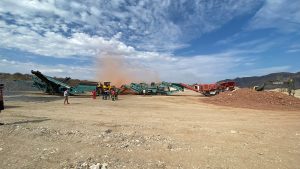
The Lofdal rare earth deposit in Namibia
The Lofdal Project, fully permitted with a 25-year Mining License, stands as a testament to this stability.
Additionally, it benefits from a Joint Venture Agreement with the Japan Organization for Metals and Energy Security (JOGMEC), a Japanese state agency with a significant annual budget and a mandate to secure natural resource supply for Japanese industry.
Since the JOGMEC partnership began in early 2020, the company has significantly advanced the project, with two major drilling campaigns resulting in massive increases to the resource.
Namibia Critical Metals Inc. released an updated 43-101 Mineral Resource Estimate in May 2021 and again on 9 April 2024.
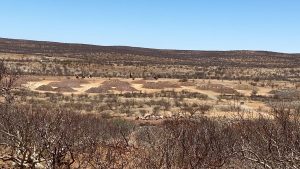
Working to deliver a Pre-feasibility Study
The company also invested significant time and resources in validating its processing flow sheet, resulting in a very positive Preliminary Economic Assessment (PEA) in October 2022.
Namibia Critical Metals Inc. is currently working to deliver a Pre-feasibility Study (PFS) for the Lofdal rare earth deposit in Q3 2024, incorporating the new larger resource and improved processing testing work.

